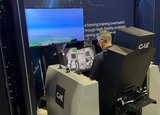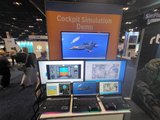Military exercises are conducted at many levels, can take different forms and have widely varying aims. At their most basic, they are a vehicle to train and test individual and collective skills in conducting tactical operations, no matter what the domain.
A company commander taking his troops through battle drills, a pilot carrying out dry bombing runs or a frigate doing anti-submarine warfare drill are all after the same sort of thing.
These are the ‘sets and reps’, the repetitive evolutions that build competence in the basics and confidence in fellow members of the team. This is how military organisations
























